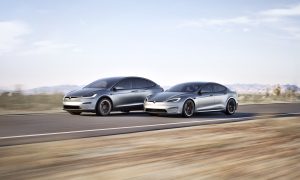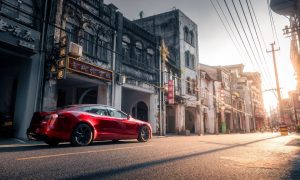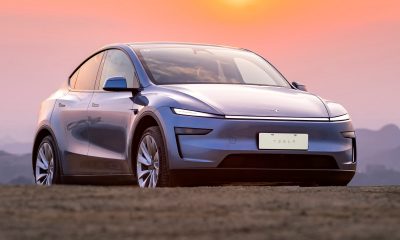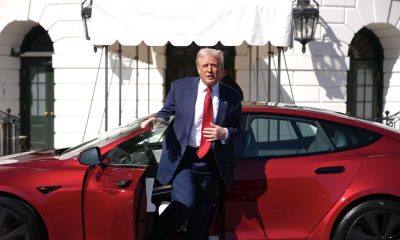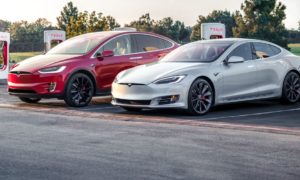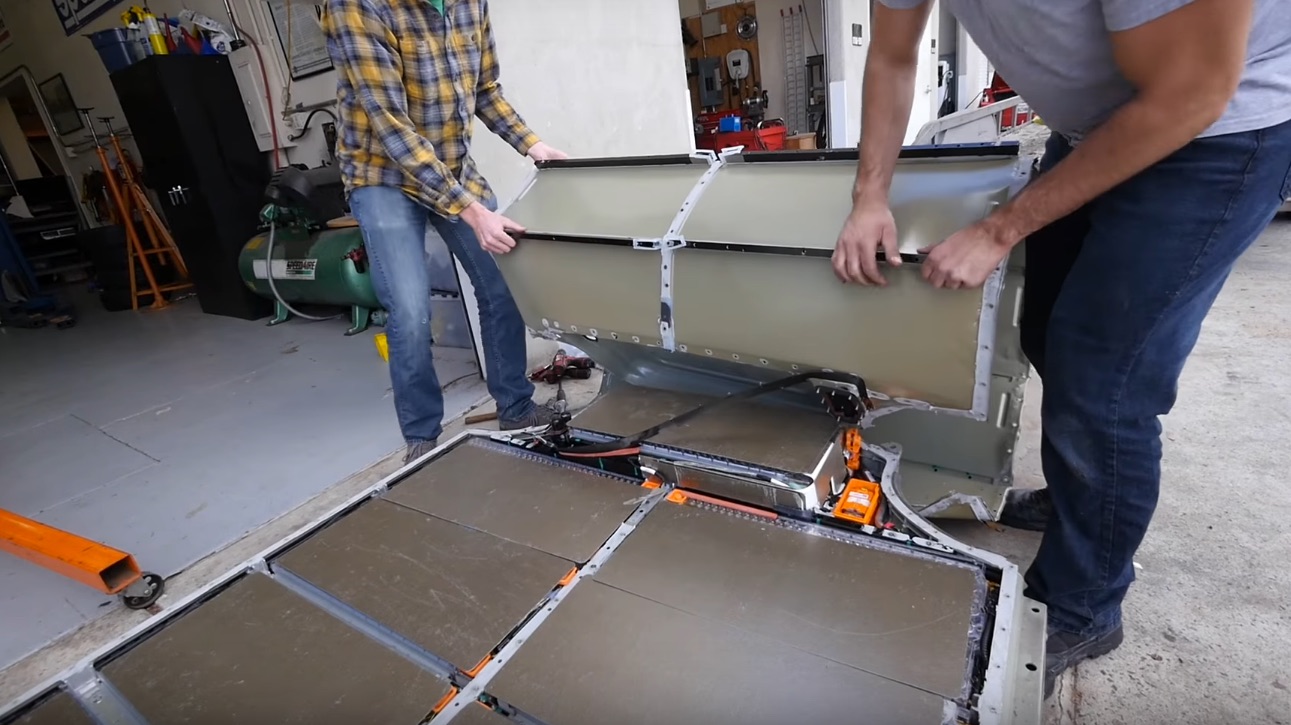

News
Tesla battery predicted to have 80% capacity after 840,000 km (521,000 mi)
An updated battery study based on crowdsourced data from Model S and Model X owners suggests that Tesla’s battery pack will still have 80% capacity after reaching 840,000 kilometers (521,952 miles), or nearly 1 million kilometers driven.
An online spreadsheet created by Matteo and maintained by Merijn Coumans via the Dutch-Belgium Tesla Forum tracks battery degradation being experienced by roughly 900 Tesla drivers from around the world. Using a linear progression model, the spreadsheet compiles various data points to create a trend line that suggests remaining battery capacity for a Tesla Model S and Model X over its lifetime.
This information is important to many Tesla owners and would-be buyers as it provides insight to expected driving range a vehicle could have (per single charge) over time.
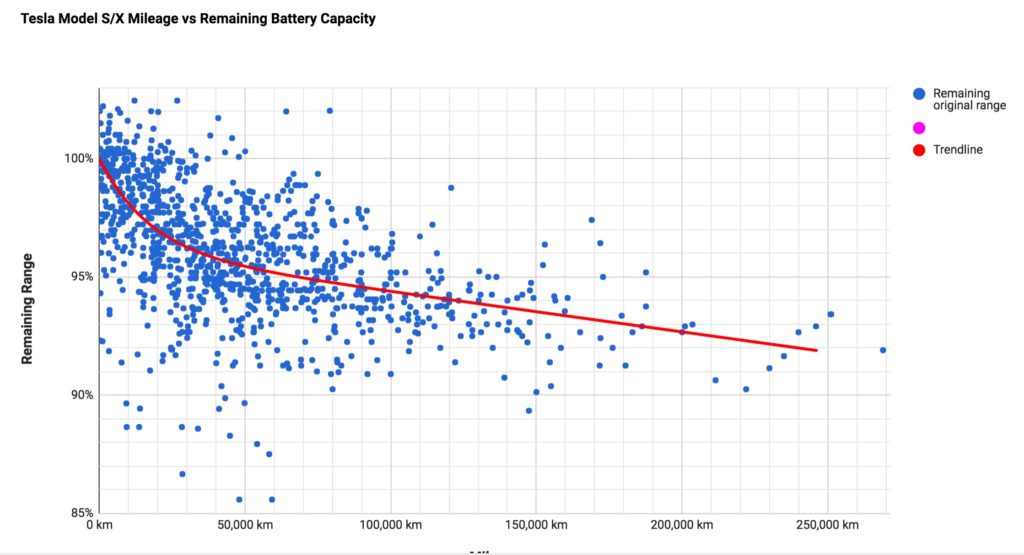
Tesla Model S and Model X battery degradation chart [Credit: Matteo via Maarten Steinbuch]
The trend line seen in the chart has a slope of 60,000 km (40,000 miles) per 1 percent of 50,000 km (30,000 miles), meaning that on average the battery will degrade by 1 percent every 50,000 km driven. According to Maarten Steinbuch’s blog post, a Tesla Model S or Model X will still retain 92% of its battery capacity at 240,000 km (150,00 miles). By comparison, an internal combustion engine vehicle is expected to reach its end of life at around 220,000 km (140,000 miles).
Data revealed in the crowdsourced battery survey follows suit with recent reports that a Finnish taxi driver who crossed the 400,000 km (250,000 mile) mark in his Tesla Model S experienced only 7 percent degradation.
In addition, Tesloop, a city-to-city Tesla shuttle service available in Southern California, had its first vehicle reach the 483,000 kilometer (300,000 mile) mark with only $11,000 in vehicle maintenance costs.
“Over the last two years, we have seen that that electric, supercharged vehicles can be deployed at utilization levels unheard of with gas vehicles,” Tesloop said in a statement. “And while saving over $60,000 on fuel and maintenance is a substantial economic win, we feel the bigger win is that this car is ready for another 900,000 miles over the next 6 years under its current warranty.”
It’s worth noting that the battery degradation data we’re seeing is from Tesla’s 18650 cell and not the company’s newest 2170 cell being used on the Model 3. Based on Tesla’s comment that its 2170 cell has improved energy density and an all-around more efficient design, it wouldn’t come as a surprise if Model 3 and future fleet’s using this cell type can support more battery cycles, reach 1 million miles of use, and still retain over 80% of its original capacity.
Based on these drivers’ stories, and battery data being compiled by Tesla drivers from around the world, it seems clear that a Tesla has quadruple the lifespan of any ICE car, and can outlast it by nearly ten-fold.
News
Waymo temporarily halts service in select San Francisco and LA areas amid protests
The suspensions came after several Waymo Jaguar I-Pace robotaxis were vandalized and set ablaze during the demonstrations.
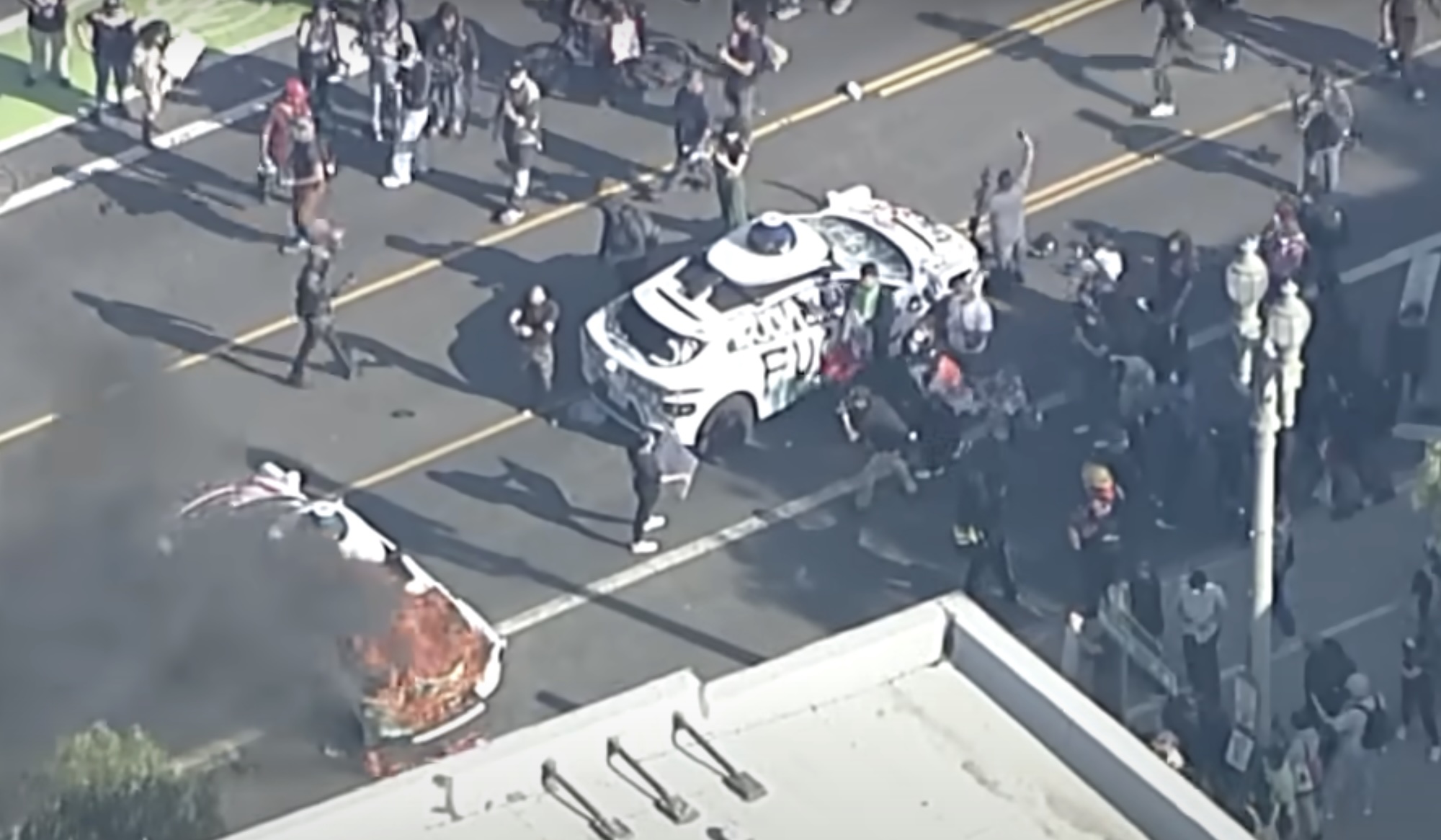
Waymo, Alphabet’s autonomous vehicle subsidiary, has suspended its driverless taxi operations in parts of Los Angeles and San Francisco amid violent protests linked to U.S. Immigration and Customs Enforcement (ICE) raids in the state.
The suspensions came after several Waymo Jaguar I-Pace robotaxis were vandalized and set ablaze during the demonstrations.
Waymo Catches Strays Amid Anti-ICE Protests
Protests erupted in Los Angeles and San Francisco in response to the Trump administration’s immigration raids, which ultimately resulted in California Governor Gavin Newsom calling the White House’s deployment of National Guard troops unconstitutional.
Amidst the protests, images and videos emerged showing several Waymo robotaxis being defaced and destroyed. At least five Waymo robotaxis ended up being caught in the crossfire, and at least one vehicle ended up being burned to the ground.
The incident resulted in the Los Angeles Police Department advising people to avoid downtown areas due to toxic fumes from the robotaxis’ burning lithium-ion batteries. As noted in a KRON4 report, Waymo ultimately halted service in affected areas “out of an abundance of caution.”
Robotaxi Sentiments
The cost of the attacks is notable. Each Waymo robotaxi is valued between $150,000 and $200,000, per a 2024 Wall Street Journal report. Interestingly enough, this is not the first time that Waymo’s robotaxis ended up on the receiving end of angry protesters. On February 24, a Jaguar I-PACE robotaxi was set ablaze and vandalized by a crowd in San Francisco. Videos taken at the time showed a mob of people attacking the vehicle.
Despite the recent attacks on its robotaxis, Waymo has stated it has “no reason to believe” its vehicles were specifically targeted during the protests, as per a report from The Washington Post. A company spokesperson also noted that some of the Waymo robotaxis that were defaced and destroyed during the violent demonstrations had been completing drop-offs near the protest zones.
Investor's Corner
xAI targets $5 billion debt offering to fuel company goals
Elon Musk’s xAI is targeting a $5B debt raise, led by Morgan Stanley, to scale its artificial intelligence efforts.
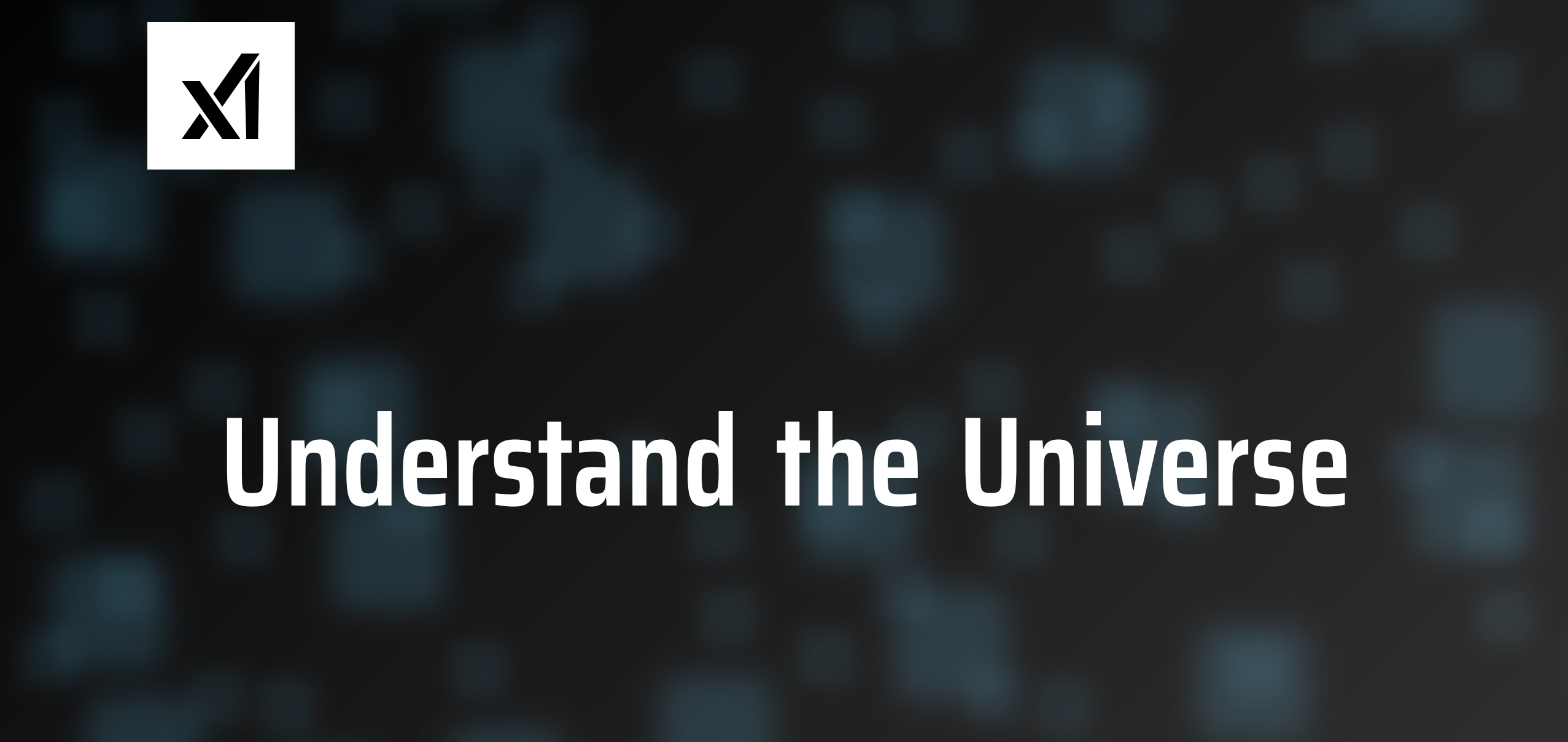
xAI’s $5 billion debt offering, marketed by Morgan Stanley, underscores Elon Musk’s ambitious plans to expand the artificial intelligence venture. The xAI package comprises bonds and two loans, highlighting the company’s strategic push to fuel its artificial intelligence development.
Last week, Morgan Stanley began pitching a floating-rate term loan B at 97 cents on the dollar with a variable interest rate of 700 basis points over the SOFR benchmark, one source said. A second option offers a fixed-rate loan and bonds at 12%, with terms contingent on investor appetite. This “best efforts” transaction, where the debt size hinges on demand, reflects cautious lending in an uncertain economic climate.
According to Reuters sources, Morgan Stanley will not guarantee the issue volume or commit its own capital in the xAI deal, marking a shift from past commitments. The change in approach stems from lessons learned during Musk’s 2022 X acquisition when Morgan Stanley and six other banks held $13 billion in debt for over two years.
Morgan Stanley and the six other banks backing Musk’s X acquisition could only dispose of that debt earlier this year. They capitalized on X’s improved operating performance over the previous two quarters as traffic on the platform increased engagement around the U.S. presidential elections. This time, Morgan Stanley’s prudent strategy mitigates similar risks.
Beyond debt, xAI is in talks to raise $20 billion in equity, potentially valuing the company between $120 billion and $200 billion, sources said. In April, Musk hinted at a significant valuation adjustment for xAI, stating he was looking to put a “proper value” on xAI during an investor call.
As xAI pursues this $5 billion debt offering, its financial strategy positions it to lead the AI revolution, blending innovation with market opportunity.
News
SpaceX to debut new Dragon capsule in Axiom Space launch
Ax-4’s launch marks the debut of SpaceX’s latest Crew Dragon and pushes Axiom closer to building its own space station.
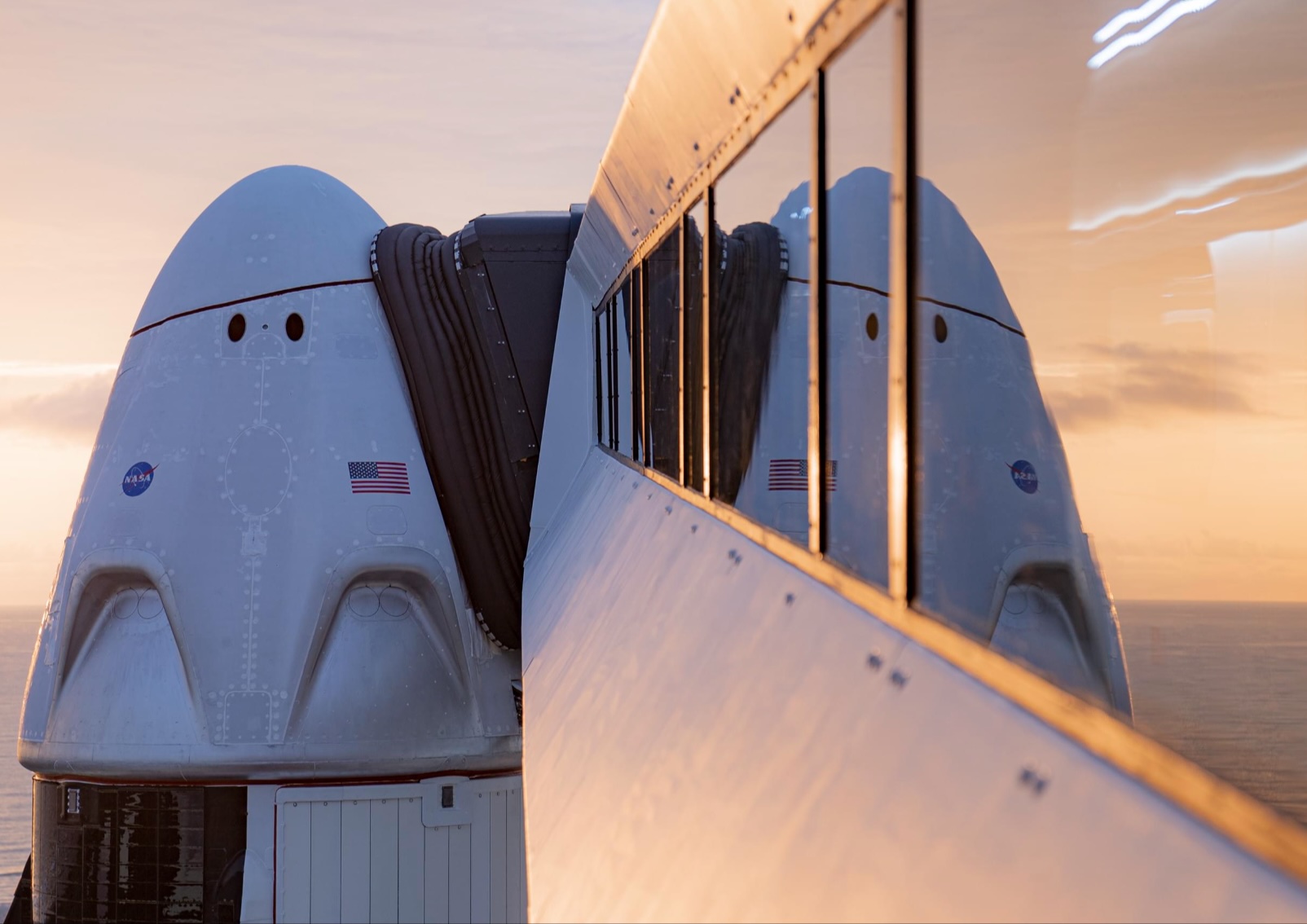
Axiom Space’s Ax-4 mission targets the International Space Station (ISS) with a new SpaceX Crew Dragon capsule.
The Axiom team will launch a new SpaceX Dragon capsule atop a Falcon 9 rocket from NASA’s Kennedy Space Center in Florida on Wednesday at 8:00 a.m. EDT (1200 GMT). The Ax-4 mission launch was initially set for Tuesday, June 10, but was delayed by one day due to expected high winds.
As Axiom Space’s fourth crewed mission to the ISS, Ax-4 marks the debut of an updated SpaceX Crew Dragon capsule. “This is the first flight for this Dragon capsule, and it’s carrying an international crew—a perfect debut. We’ve upgraded storage, propulsion components, and the seat lash design for improved reliability and reuse,” said William Gerstenmaier, SpaceX’s vice president of build and flight reliability.
Axiom Space is a Houston-based private space infrastructure company. It has been launching private astronauts to the ISS for research and training since 2022, building expertise for its future station. With NASA planning to decommission the ISS by 2030, Axiom has laid the groundwork for the Axiom Station, the world’s first commercial space station. The company has already begun construction on its ISS replacement.
The Ax-4 mission’s research, spanning biological, life, and material sciences and Earth observation, will support this ambitious goal. Contributions from 31 countries underscore the mission’s global scope. The four-person crew will launch from Launch Complex 39A, embarking on a 14-day mission to conduct approximately 60 scientific studies.
“The AX-4 crew represents the very best of international collaboration, dedication, and human potential. Over the past 10 months, these astronauts have trained with focus and determination, each of them exceeding the required thresholds to ensure mission safety, scientific rigor, and operational excellence,” said Allen Flynt, Axiom Space’s chief of mission services.
The Ax-4 mission highlights Axiom’s commitment to advancing commercial space exploration. By leveraging SpaceX’s Dragon capsule and conducting diverse scientific experiments, Axiom is paving the way for its Axiom Station. This mission not only strengthens international collaborations but also positions Axiom as a leader in the evolving landscape of private space infrastructure.
-
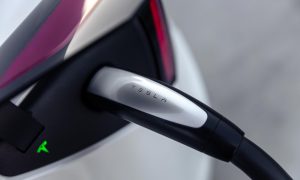
 News1 week ago
News1 week agoTesla to lose 64 Superchargers on New Jersey Turnpike in controversial decision
-
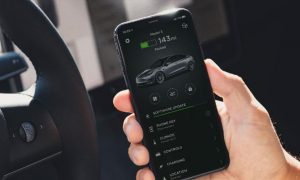
 News2 weeks ago
News2 weeks agoTesla gets major upgrade that Apple users will absolutely love
-
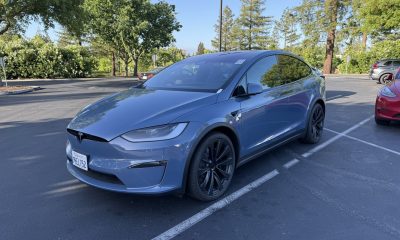
 News2 weeks ago
News2 weeks agoTesla teases new color while testing refreshed Model S, X
-
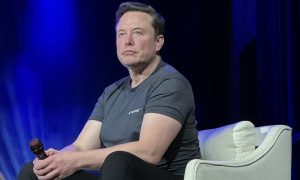
 Elon Musk2 weeks ago
Elon Musk2 weeks agoTesla investors demand 40-hour workweek from Elon Musk
-
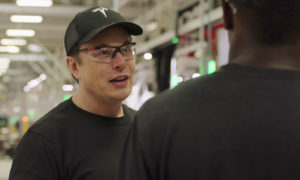
 Elon Musk7 days ago
Elon Musk7 days agoElon Musk explains Tesla’s domestic battery strategy
-
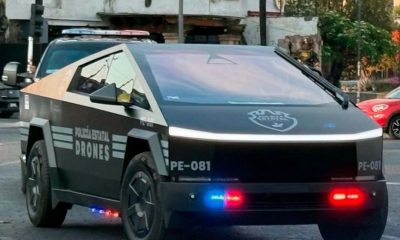
 News2 weeks ago
News2 weeks agoTesla Cybertrucks join Jalisco’s police fleet ahead of FIFA World Cup
-
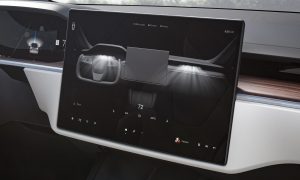
 News2 weeks ago
News2 weeks agoTesla rolls out new crucial safety feature aimed at saving children
-
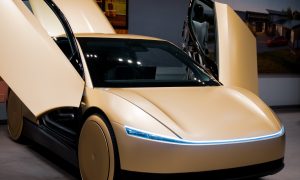
 Elon Musk2 weeks ago
Elon Musk2 weeks agoTesla lands on date for Robotaxi launch in Austin: report


